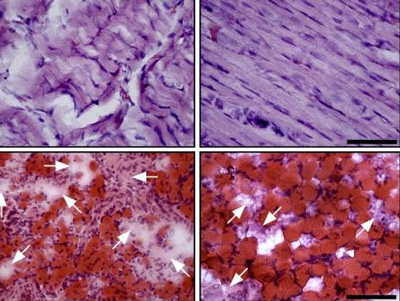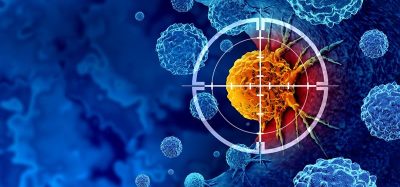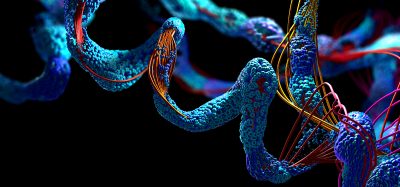Truncated version of the SMN2 gene could revolutionise drug discovery
Posted: 15 March 2024 | Drug Target Review | No comments yet
A condensed version of the SMN2 gene could improve discovery of potential therapies for spinal muscular atrophy and other conditions.


Researchers at Iowa State University, led by Dr Ravindra Singh, have developed a condensed version of the survival motor neuron 2 (SMN2) gene, that when mutated or missing causes spinal muscular atrophy (SMA). The SMN2 “super minigene” represents the entire gene, enabling the team to observe changes in the gene expression process.
Spinal muscular atrophy, marked by muscle weakness and atrophy resulting from progressive degeneration and irreversible loss of lower motor neurons, is one of the most common genetic disorders in children. The condition occurs in 1 of every 10,000 births, and children suffering from the severe form of SMA, named Werdnig-Hoffman disease, have an average lifespan of two years.
Dr Singh, professor of biomedical science, has a history of discovering potential treatments for SMA, including a target that led to the first federally approved treatment for the disease, and has led an eight-year project to create a truncated version of the Survival Motor Neuron 2 (SMN2) gene to facilitate quicker, cheaper and less fragmented research. Dr Singh commented: “Now we can make mutations anywhere and quickly see what happens everywhere in the sequence.”
Often, molecular biologists specialise in certain aspects of genetic expression. Dr Singh has concentrated on splicing, which removes introns as messenger RNA forms. A simplified testing ground that covers the whole gene will drive research to be more holistic, avoiding a potential silo effect and better capturing interactions. “Transcription, splicing, translation, protein production – they’re all connected. Transcription affects splicing, but splicing also affects transcription. It’s a two-way street,” Dr Singh explained. “But there hasn’t been an efficient way to study the entire system. The super minigene provides a tool to test all mechanisms at the same time. Instead of five experiments, you do one experiment, and it makes for more accurate results.”
Although the super minigene’s compactness comes mostly from eliminating introns, some introns were retained to ensure similar stability and accuracy. As there was no previous work to use as a pattern, the scientists were required to individually explore 30 different processes to develop the model. “Each of those steps had to be separately optimised before we combined them, and if they didn’t fit, we went back to the drawing board,” Dr Singh noted.
The super minigene expressed the same results as the whole SMN2 gene in around 90 percent of cases. Dr Singh stated that the super minigene will make it easier to discover potential therapies for SMA, but also said that this breakthrough is likely to have an impact that extends beyond the condition. He concluded: “This amounts to a proof of the system, so I fully expect other research teams to copy this process. Someone will make this for other genes, such as those related to ALS or Parkinson’s. It’s just a matter of time.”
This study was published in Nucleic Acids Research.
Related topics
Drug Discovery, Genetic Analysis, Therapeutics
Related conditions
Amyotrophic Lateral Sclerosis (ALS), Parkinson's disease (PD), spinal muscular atrophy (SMA), Werdnig-Hoffman disease
Related organisations
Iowa State University
Related people
Dr Ravindra Singh (Iowa State University)








